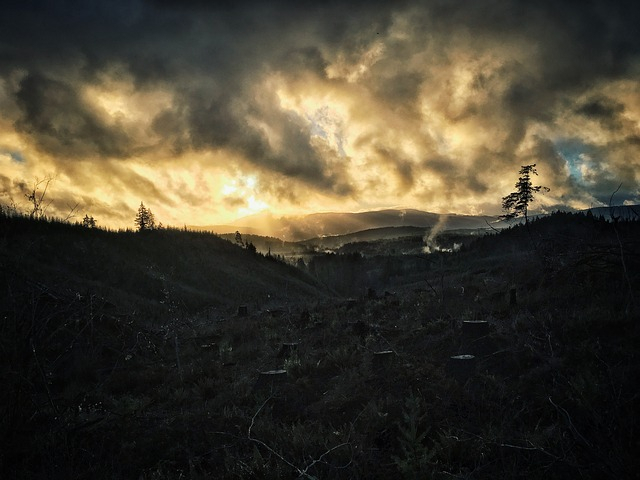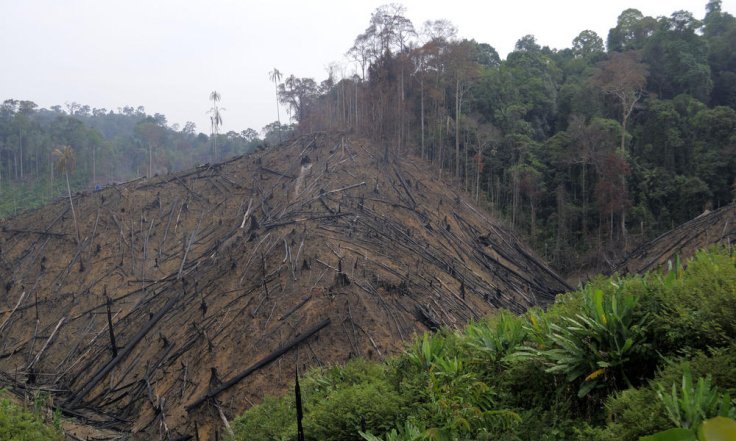The climate change crisis is real and even though many people live under delusion that such dramatic environmental changes are false, according to new findings, the drastic change in climate and global food demand could lead to a startling loss of almost 23 percent of all-natural habitats in the next 80 years.
As per the researchers from the University of Cambridge, the habitat loss could accelerate to a level that may cause rapid extinctions of already vulnerable species. Shrinking ranges for mammals, birds, and amphibians already account for an 18 percent loss of previous natural ranges, the study noted, and with a jump, it expected to reach 23 percent by the year 2100.
The Issues Our World Is Facing

The global food demand is currently forcing people, specifically the agricultural sectors to increase the use of land, moving into the habitats which were previously untouched. It is also causing more deforestation events, letting more CO2 added to the environment—increasing greenhouse gas emission which is the main driver of climate change.
Despite Donald Trump's recent claims that the US has the "cleanest air", in America alone, as per the USDA report, the agriculture-related emissions measure more than 11 percent of the world's greenhouse gas emissions—CO2, methane, and nitrous oxide.
Habitat loss and deforestation also have affected the natural cycles of ecosystems, harming all stages of animal life from reproduction, from migration to mating. As many species' survivability depends on geographic range, the new study—published in Nature Communications—analyzed changes in the different habitats of 16,919 species from 1700 onward.
The team of researchers found that with the increase in habitat destruction because of climate change and agriculture, more species will die sooner than previously thought. One of the authors of the study Dr. Robert Beyer of the University of Cambridge's Department of Zoology said that the tropics are biodiversity hotspots with lots of species. "If one hectare of tropical forest is converted to agricultural land, a lot more species lose larger proportions of their home than in places like Europe," he added.
The Species Are in Danger

While the time is ticking, endangered orangutans have long been a noteworthy species dwindling in population because their home, the rainforest island ranges in Sumatra and Borneo in Southeast Asia is transforming into huge palm oil plantations.
The farming and the charcoal production have moved some of the lemur species into private reserves and the Amazon jaguars—the largest cat in the Americas—are now difficult to spot as their range is cut into ranch cattle.
The study leader Andrea Manica, who is a professor at the University of Cambridge's Department of Zoology, said, "Whether these past trends in habitat range losses will reverse, continue, or accelerate will depend on future global carbon emissions and societal choices in the coming years and decades".
This report has given another insight into what the world would be like at the end of this 21st century if humans continue to be on the destruction path. According to Manica it all now depends on "what we do next".









